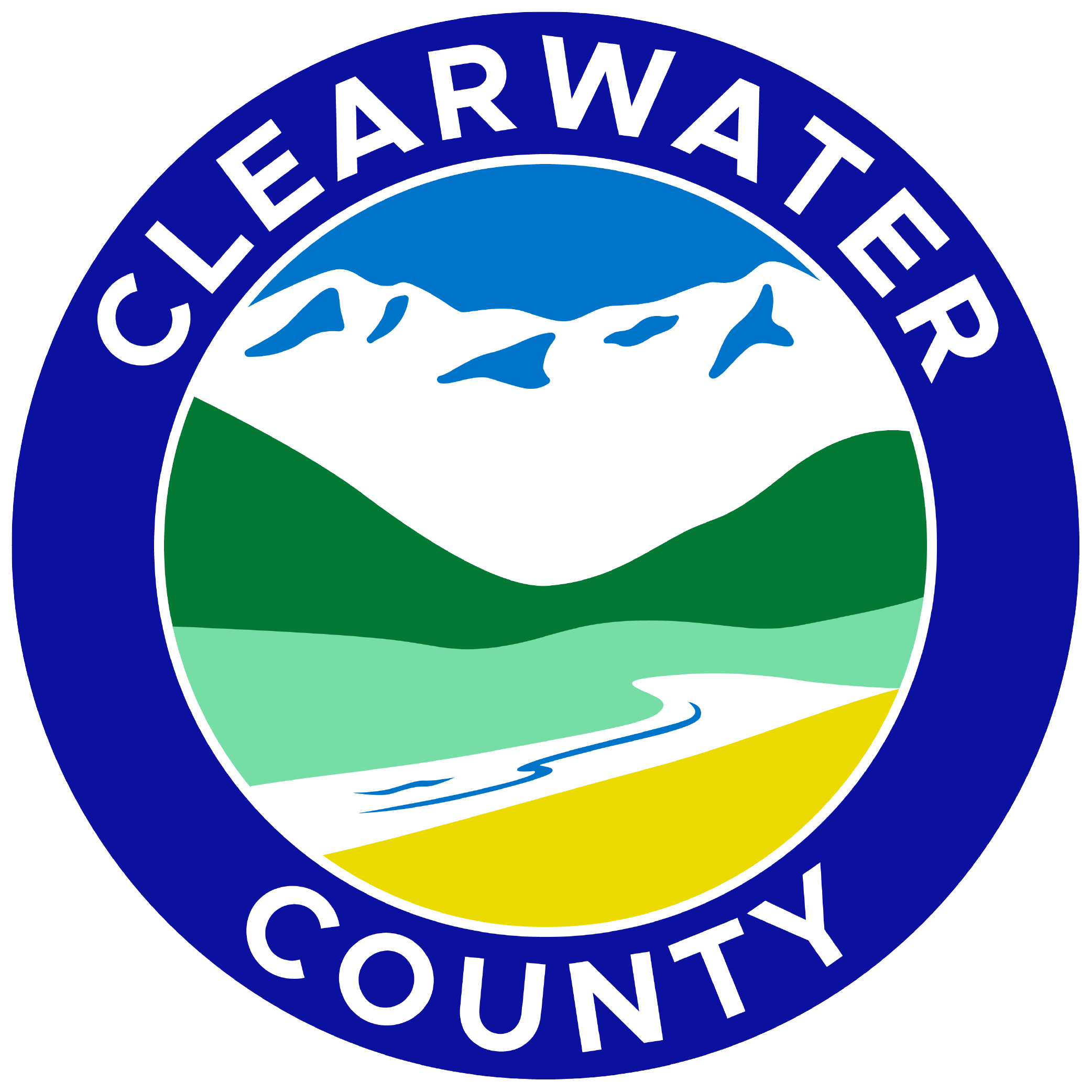Vegetation management involves roadside programs to address weed control, grass mowing, re-vegetation (seeding construction projects) and brush control.
The Agricultural Services Department is responsible for the management of vegetation within the right of way adjacent to County surfaced and gravel roads. This vegetation management is broken down into four components.

Roadside Brush Clearing
Clearwater County Agricultural Services undertakes tree and brush removal within the ditches and right of ways of surfaced and gravel roads to ensure the safety and integrity of the road structure. Trees and brush can hide wildlife entering the roadway increasing the risk of collision, undermine the strength of the road, cause snow to drift, and impede the flow of water in the ditch. Trees and brush can also impede sightlines at intersections and can block the sun and wind keeping the road wet and muddy. Roadside tree and brush removal is also necessary in some cases to help facilitate road construction and rehabilitation. Intensive roadside brushing operations are always completed in consultation with local residents and landowners to ensure that homes and livestock confinement areas that utilize the roadside trees and brush for shelter are not negatively impacted. To remove smaller brush and trees mulchers are used to grind up the biomass, the mulch is left on the spot to aid in erosion control and provides nutrients for establishing grass. For larger trees chainsaws are used to fall and buck the trees into fire wood which is left for local landowners and residents to utilize. The tops and branches of these trees are then mulched. Roadside brushing of deciduous species requires subsequent herbicide applications in the following two years to ensure that suckering regrowth does not replace the trees and brush removed. The roadside brushing program generally occurs between October and April.
Roadside Spraying
Agricultural Services implements a yearly herbicide application program which focuses on invasive and nuisance plant control as well as brush regrowth. Agricultural Services is committed to protecting agricultural lands, as well as native ecosystems within Clearwater County. Invasive plants such as Tall Buttercup and Wild Caraway have a severely negative impact on infested land. Agricultural Services applies herbicide on a spot spraying basis to control and eradicate these invasive plants from our right of ways and ditches to curb the spread onto adjacent farm land and native ecosystems. Certified Pesticide Applicators operate two one-ton spray trucks which are G.P.S. guided and highly accurate to ensure that the proper amount of herbicide is applied to the proper vegetation. Special attention is given to ensure sensitive areas such as gardens, sensitive crops, water courses/bodies and berry picking areas are not negatively impacted by herbicide applications. Roadside brush spraying generally occurs between June and September.
Roadside Seeding
Agricultural Services is responsible for roadside seeding, which establishes desirable vegetation along County Roads. Roadside seeding occurs after a new road has been constructed or a current road has been rehabilitated. Roadside seeding is crucial to mitigate erosion, prevent the establishment of invasive plants and undesirable vegetation, and making roadsides more esthetically pleasing. Roadside seeding typically occurs in the spring and fall.
Roadside Mowing
Agricultural Services completes a roadside mowing program each year. All surface roads are mowed, along with some gravel roads that see large volumes of traffic. A 10 to 15 foot shoulder pass is generally completed, but in some instances a complete right of way mowing is done on surfaced roads to facilitate small brush removal. Roadside mowing increases the traffics visibility of wildlife entering the road, reduces the fire hazard along roads, reduces snow drifting and increases the aesthetic appeal of our road infrastructure. Roadside mowing generally occurs during the months of August and September.


